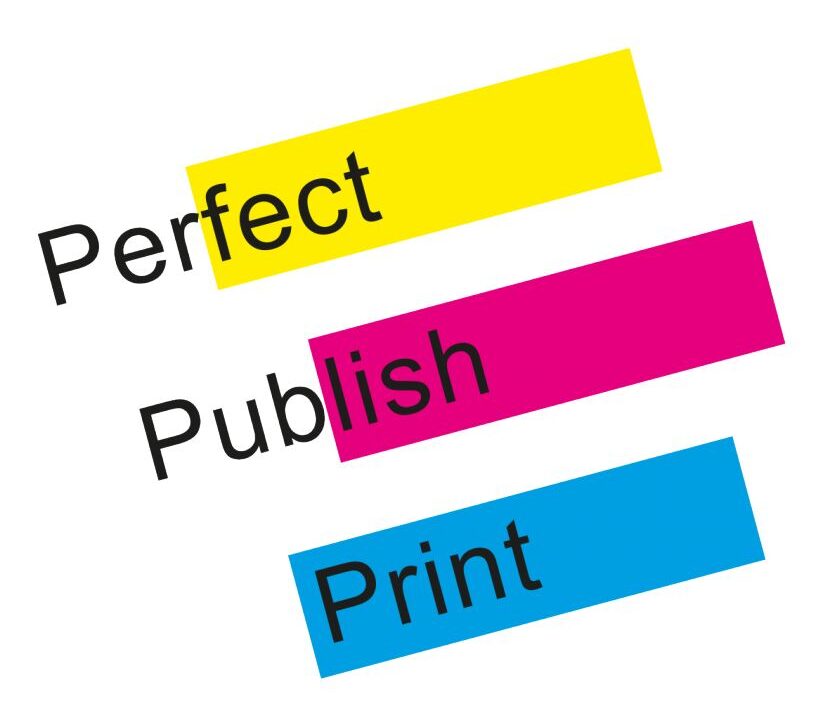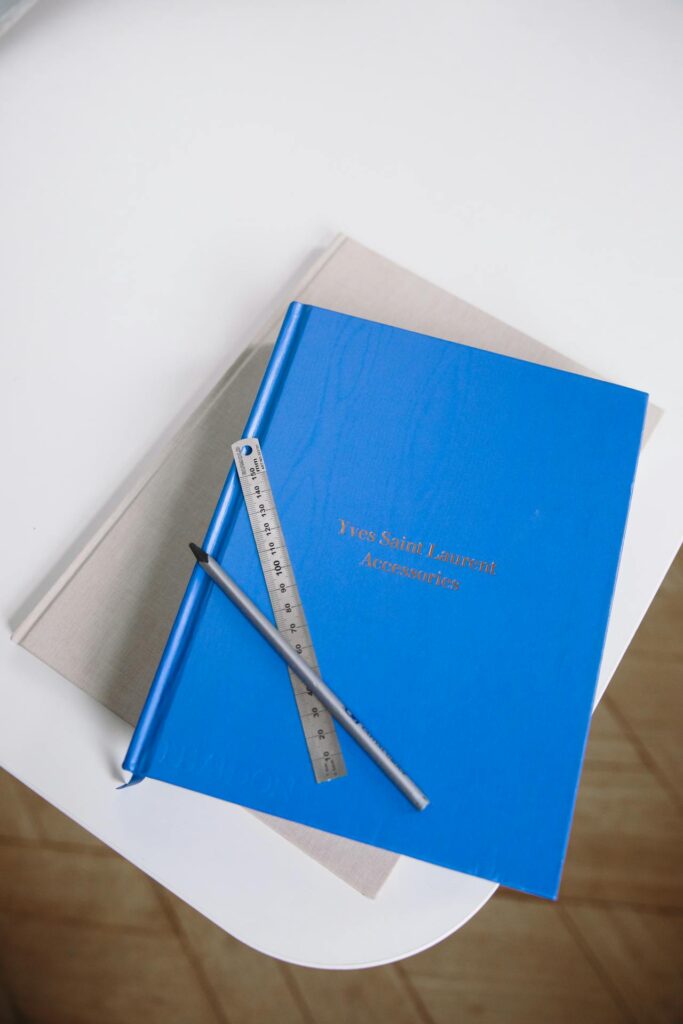In today’s globalized world, it’s easier than ever to outsource almost anything, including book printing. With just a few clicks, you can send your files to a printing company halfway across the world. But just because you can go global, doesn’t mean you should—especially when it comes to printing books that represent your brand, project, or personal story.
Choosing local book printing services offers a range of benefits that go beyond just convenience. From better communication and faster turnaround to supporting your community and ensuring quality control, working with a nearby printer can be the smartest choice you make.

1. Faster Turnaround Times
One of the most significant advantages of using local book printing services is speed. When you’re working on a tight deadline—whether for a product launch, corporate event, academic presentation, or book release—every day counts. Shipping delays, customs clearance, and long-distance troubleshooting can easily derail your timeline when working with overseas printers.
Local printers eliminate those risks. You can often drop off files in person, proof a sample on-site, and receive your final order much faster than with international vendors. This rapid response time can be especially critical for short-run printing projects or last-minute edits.
2. Personalized Service and Direct Communication
Communication is crucial when it comes to printing. File formats, color proofs, binding options, and finishing techniques can all lead to misunderstandings—especially if you’re working across time zones and language barriers.
When you choose local book printing services, you gain the benefit of real-time communication. You can speak to a representative directly, ask questions, and even schedule face-to-face consultations. Local printers are more invested in building lasting relationships with nearby clients, which often translates into better customer service and attention to detail.
3. Easier Quality Control and Proofing
Wouldn’t it be great to see your book before printing hundreds of copies? With a local printer, you can easily request a physical proof and inspect it in person. You can feel the paper quality, test the binding, check the color output, and ensure every page is perfect before moving forward.
This level of quality assurance is far more difficult (and expensive) when dealing with overseas vendors. If something goes wrong, it could take weeks to fix. A local printer, on the other hand, can make adjustments quickly and keep you in the loop throughout the process.
4. Support Your Local Economy
Choosing local book printing services is also a way to give back to your community. Every dollar spent locally has a greater economic impact than money sent abroad. It helps support local jobs, keeps small businesses thriving, and contributes to the local tax base—which funds schools, infrastructure, and public services.
In a time when supporting small businesses is more important than ever, working with a local printer is a tangible way to make a difference.
5. Environmentally Friendly Option
Local printing can also reduce your carbon footprint. Long-distance shipping consumes significant fuel and packaging materials. By printing close to home, you reduce transportation emissions and the environmental impact of your project.
Many local printers also offer eco-friendly options, such as recycled paper, vegetable-based inks, and sustainable printing practices. If sustainability is part of your brand values, choosing a nearby, green-conscious printer is a smart alignment.
6. Better Customization and Flexibility
Local print shops often offer more flexibility when it comes to customization. Because they serve smaller, more specific markets, they’re usually more willing to accommodate special requests—like non-standard paper sizes, unusual binding styles, or unique finishes.
They may also be able to take on smaller print runs, which is ideal if you’re only producing a limited number of books. Whether you’re an independent author or a small business creating promotional material, a local printer can work with you to deliver exactly what you need.
7. Build Lasting Business Relationships
When you work with a local printing company, you’re not just placing an order—you’re building a relationship. Over time, your printer will get to know your preferences, brand standards, and workflow. That familiarity leads to faster project turnaround, fewer mistakes, and even potential cost savings.
A reliable local printer can become a long-term partner for your publishing needs, whether you’re printing one book or one thousand.
8. Local Market Understanding
A printer based in your region is more likely to understand local tastes, trends, and expectations. For example, if you’re publishing a book for the Singaporean market, a local printer will know what paper stocks are preferred, which finishes are common, and how to navigate regional holidays or events.
This cultural insight can be especially helpful when printing materials for a local audience, ensuring that your final product feels relevant and well-tailored.
9. Emergency Support When You Need It
Things don’t always go as planned. Files get corrupted, deadlines get moved up, or last-minute edits come in. When you’re working with a local printer, you have a better chance of resolving these challenges quickly. Some local shops even offer same-day or next-day services for emergencies.
That kind of support is rarely available with offshore printers. If flexibility and quick problem-solving matter to your project, going local is the safer route.
Final Thoughts
Whether you’re printing a novel, portfolio, training manual, or corporate report, the quality and experience of your print partner matter. While international printers might offer low base prices, the hidden costs in shipping, delays, miscommunication, and reprints can quickly add up.
Choosing local book printing services isn’t just about convenience—it’s a decision that supports your community, ensures better quality, and gives you the peace of mind that comes from working with someone who’s just a phone call or short drive away.
In a world that’s moving fast and feels increasingly remote, going local might be the most reliable and rewarding choice you can make.
Would you like a version formatted for WordPress or with suggested image placements and SEO meta descriptions?





